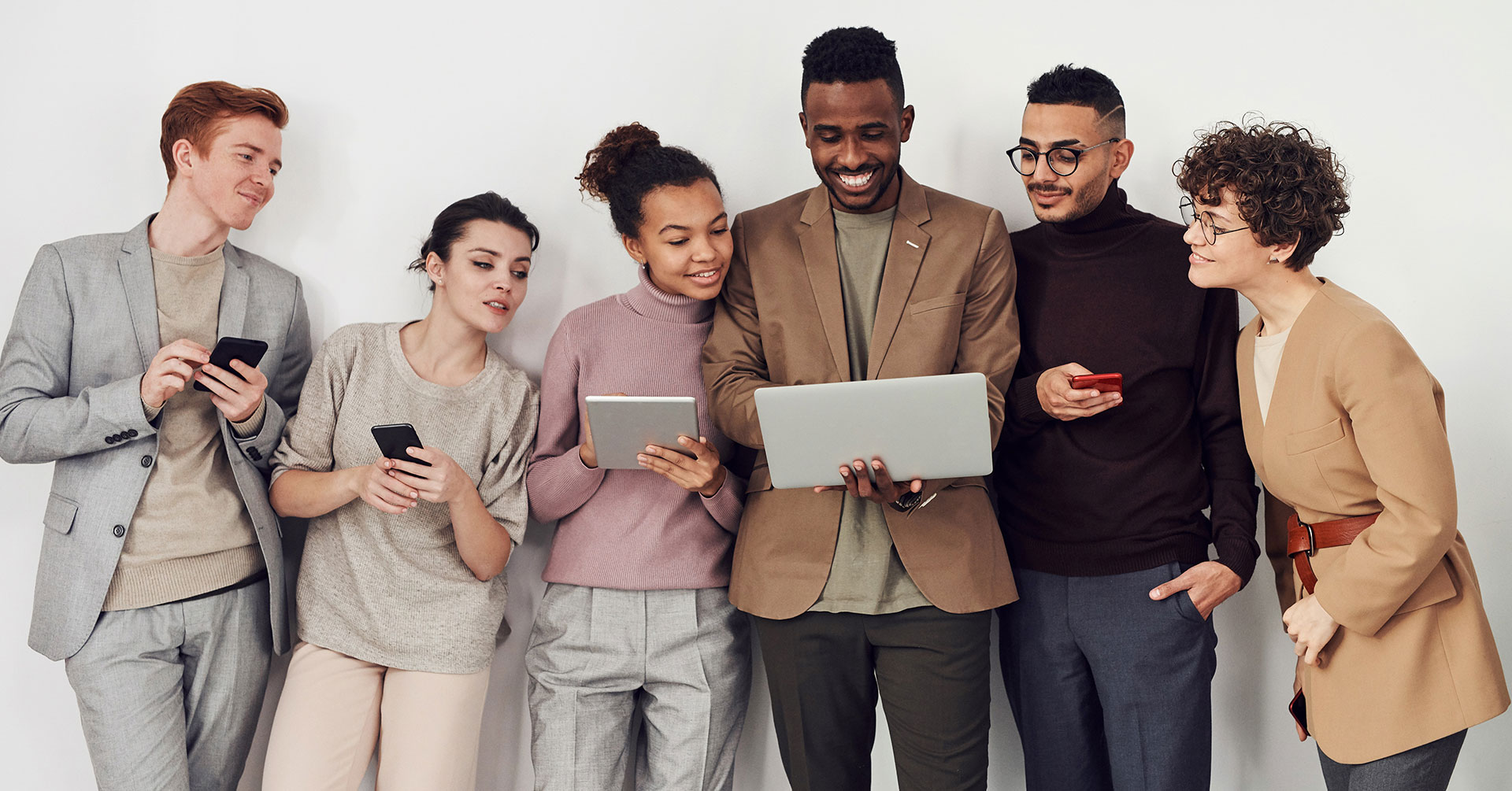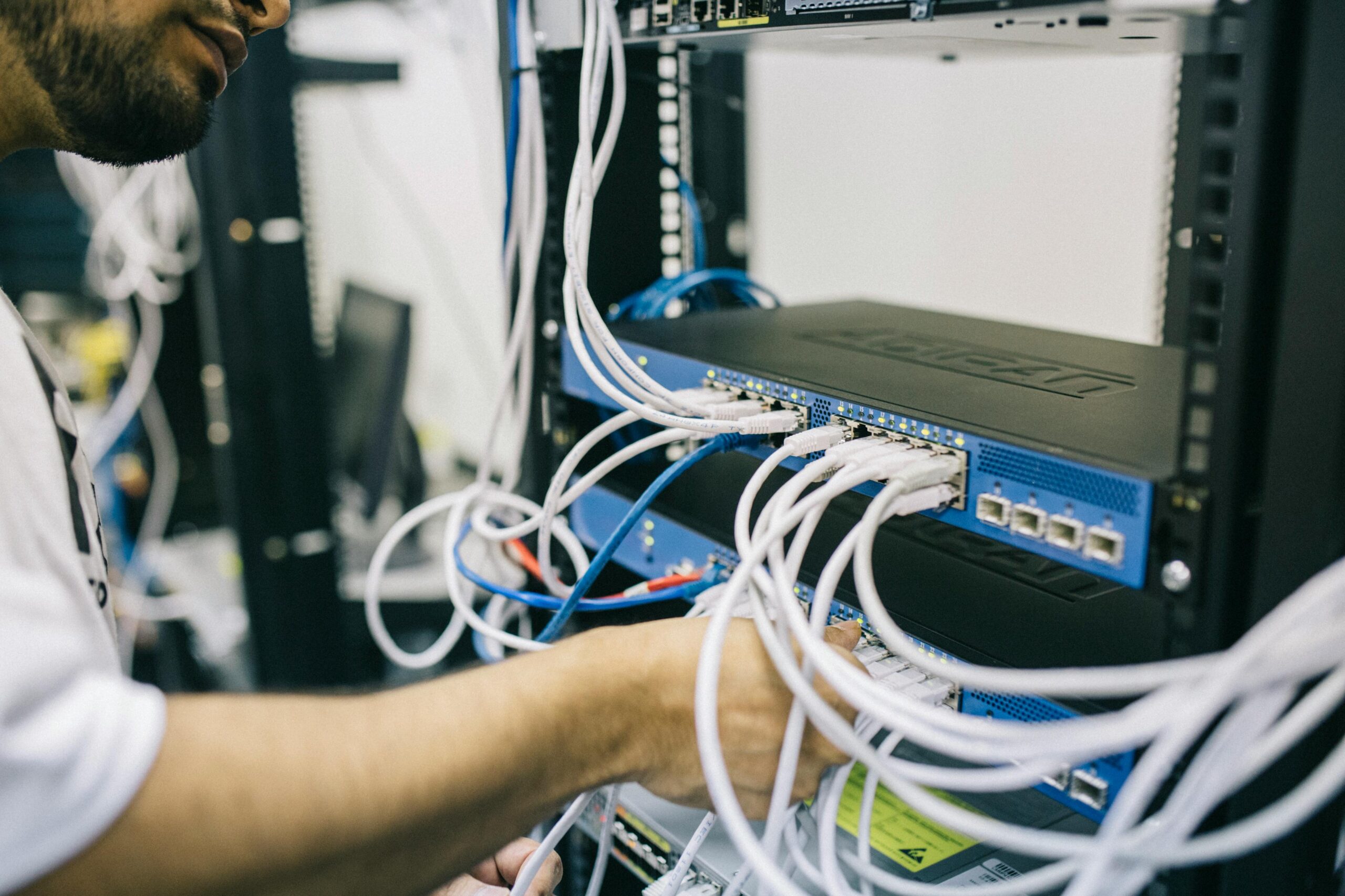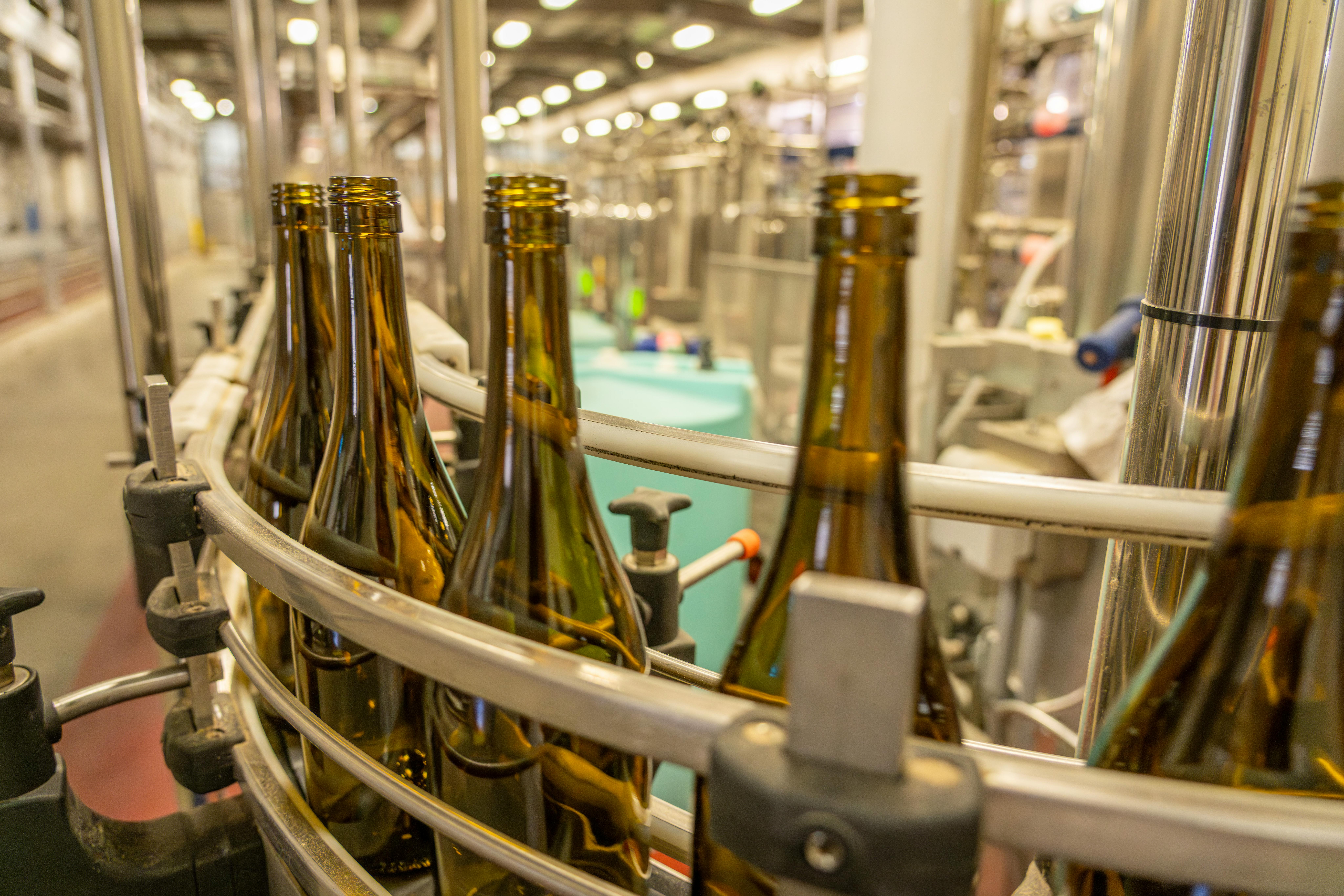The intersection of artificial intelligence and copyright law has been a hot topic in recent years, with courts, policymakers, and business owners grappling with the implications of AI-generated content. The latest significant ruling in this space comes from the D.C. Circuit in Thaler v. Perlmutter, which has reaffirmed that AI-generated works are not eligible for copyright protection under current U.S. law. However, the case also leaves an important question open: Can the creator and user of an AI system claim copyright ownership of AI-generated works?
For businesses, entrepreneurs, and creators who are leveraging AI tools in their work, this decision has far-reaching implications. Below, Twisdale Law, PC break down the ruling, its impact, and how businesses should respond to ensure they maintain control over their creative assets in the evolving legal landscape.
Key Takeaways from the Ruling
The Thaler v. Perlmutter decision is important for two reasons:
1. AI Alone Cannot Be an Author Under the Copyright Act
The D.C. Circuit reaffirmed that copyright protection applies only to works created by humans. This follows a long-standing principle in copyright law that requires “human authorship” for a work to qualify for protection. In Thaler’s case:
· He sought to register a copyright for an image titled “A Recent Entrance to Paradise.” This was entirely generated by an AI system, known as the “Creativity Machine.”
· The Copyright Office rejected the application, citing its established policy that a non-human entity cannot be an author.
· Both the District Court and the D.C. Circuit upheld this decision, reinforcing that AI-generated works, when created without significant human involvement, cannot receive copyright protection.
This ruling aligns with previous cases, including Naruto v. Slater, in which a monkey who took a selfie was deemed ineligible for copyright protection. The courts have consistently maintained that copyright law is designed to protect human creativity, not the work of non-human entities.
2. The Court Did Not Rule on Whether AI Creators Can Be Authors
Thaler also attempted to argue that he should be considered the work’s author because he created and operated the AI system that produced the image. However, the court refused to address this argument. Not because it lacked merit, but because Thaler had not properly raised the issue in earlier proceedings.
This means that the question of whether AI users or programmers can claim copyright in AI-generated works remains unresolved under U.S. law. Future cases may revisit this issue as AI tools become more advanced. Businesses are increasingly integrating AI into creative workflows.
3. A Critical Lesson: Preserve Your Arguments for Appeal
One of the most overlooked yet significant takeaways from this case is the importance of preserving legal arguments at every stage of litigation. The court declined to consider Thaler’s authorship claim because he had failed to raise it properly before the Copyright Office and the lower court.

Contact Twisdale Law, PC for Your Business Needs Today!
What Does This Mean for AI-Generated Content?
What Does This Mean for AI-Generated Content?
As AI tools become more advanced, more businesses are using them to create written content, artwork, music, and even software. This ruling does not mean that all AI-assisted works are ineligible for copyright protection, but it does set important limitations.
Here’s what you need to know if you use AI in your creative process:
- AI-Assisted vs. AI-Generated: Where Is the Line?
The Copyright Office has stated that works created with AI assistance may still be eligible for copyright protection. This is as long as a human provides significant creative input. The key question is how much control a human has over the AI’s output.
- AI-Assisted Works: If an artist or writer uses AI as a tool, similar to using Photoshop or a camera, the resulting work may be copyrighted.
- Fully AI-Generated Works: If AI operates independently to create the work with no meaningful human input, it will not be eligible for copyright.
- How to Protect AI-Generated Works Without Copyright
If copyright protection is unavailable, businesses and creators using AI can explore alternative strategies, including:
- Trademarks: If you’re using AI-generated content as part of a brand, a trademark may be an alternative way to protect your intellectual property.
- Trade Secrets: Keeping AI-generated content confidential and using non-disclosure agreements (NDAs) may help protect valuable AI-created assets.
- Contractual Protections: If you license AI-generated works, clear contractual terms can help establish ownership and usage rights.
- Creative Commons & Open Licensing: If copyright is unavailable, businesses may still be able to license AI-generated works under contract law to maintain control over their distribution.
How Twisdale Law, PC Can Help
At Twisdale Law, PC, we focus on intellectual property and corporate law, helping businesses and entrepreneurs navigate the complexities of copyright, trademarks, and AI-generated works.
- If you’re integrating AI into your business or facing challenges protecting your intellectual property, we can help you:
Determine whether your AI-assisted works qualify for copyright protection. - Explore alternative legal strategies for securing AI-generated content.
- Protect your brand and intellectual assets through trademarks, contracts, and trade secrets.
Contact us today to discuss your intellectual property needs and ensure you stay ahead in the evolving landscape of AI and copyright law.








